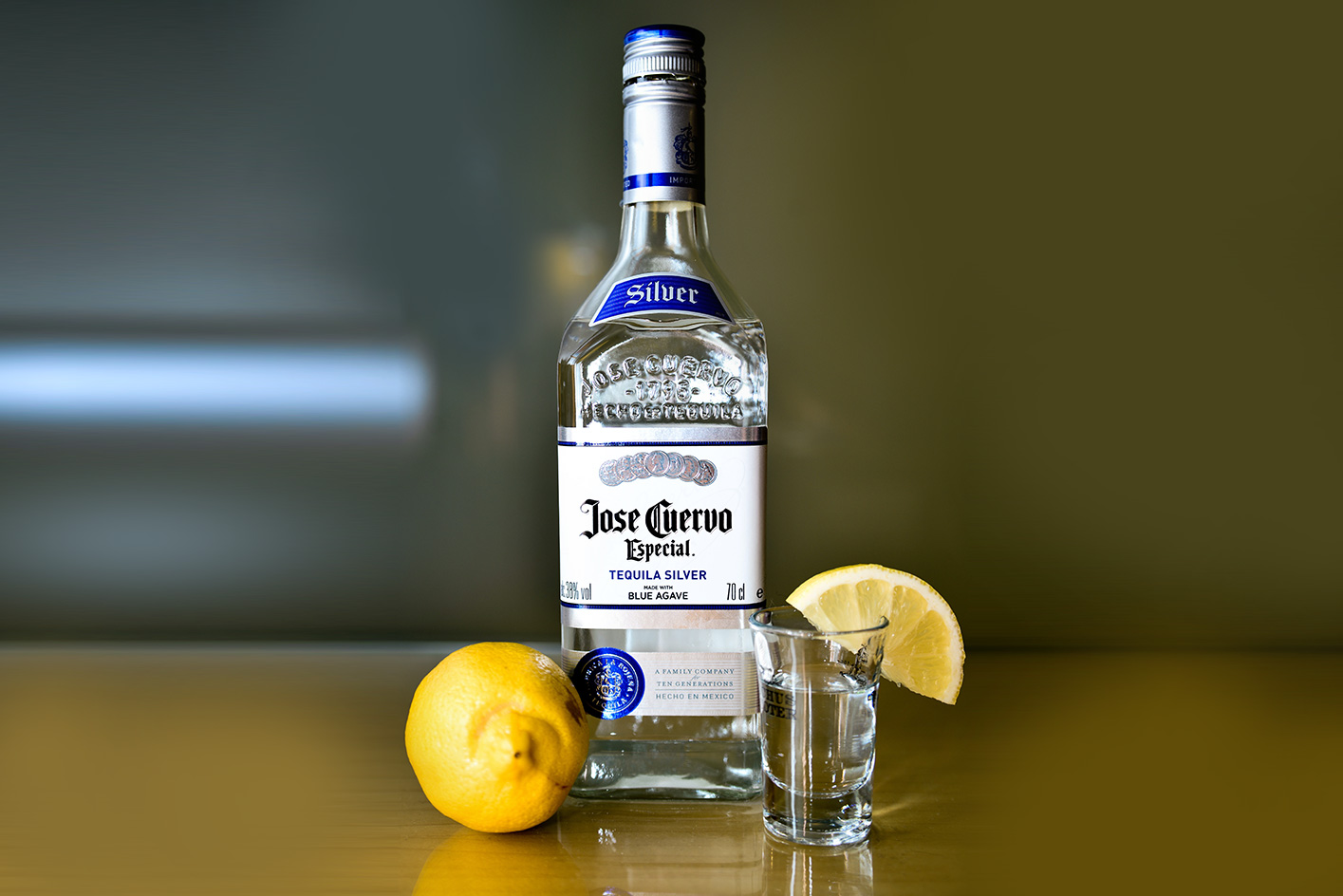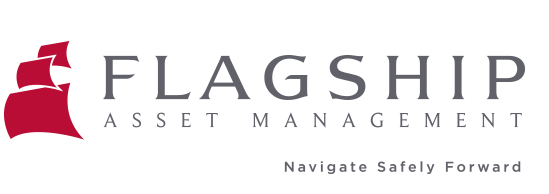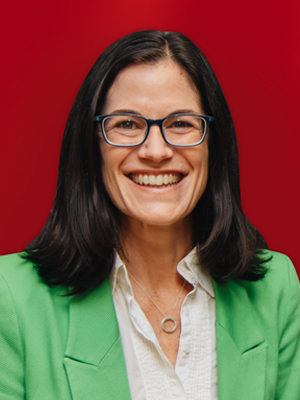
23 May Boom-time in tequila town; expand your opportunities
As published in Business Day on 22 May 2023
While there is a multitude of liquid vices available to adults of LDA (legal drinking age) enabling them to sit back and relax after a long week, one in particular seems to be gaining fans at a rapid rate. Blue Agave juice, Mexican fighting water, Tequila – call it what you will – people seem to like it.
Spirits continue taking share.
The global alcoholic beverage industry can be broken down into 3 main segments – beer, spirits, and wine. Local investors have always had access to at least one beer brewer, previously via SABMiller and more recently via Anheuser-Busch InBev (ABI). They do, however, have very limited access to spirits listings, and post the Heineken takeover of Distell – even less so. This means they are potentially missing out on a major secular shift in the industry. Throughout modern history, beer has been the dominant segment – but this is starting to change in some markets. By only considering the amount of pure alcohol per serving, comparison across segments becomes possible and in the US market – spirits has overtaken beer for the first time in 2022.
Over the last 20 years, beer’s market share of revenue has, in fact, declined from 54% down to 41.9%, while spirits increased from 30% to 42.1%.

Source: Distilled Spirits Council of the United States
Tequila’s growing slice of the pie.
One of the big drivers behind this trend is Tequila – which in 2022 recorded volume growth of 11.5%, vs 4.8% for the spirits market in total. The difference is even more pronounced in terms of sales, where the tequila market grew at 17.2% vs the overall spirits market at 5.1%. In the US, tequila has now increased its market share from 7.2% to 10.6% over the last 5 years and while it still lags American whiskey and vodka in terms of volume, it is set to overtake vodka this year to become the best-selling spirit, by value. In fact, tequila volume is still only about 1/3 of vodka, but its sales value is already at 83%. This indicates the premium price tag tequila commands. According to data from IWSR, this is not a once of, nor is it limited to the US – with tequila having increased its share of global spirits volume from 1% to 1.6% – leaving considerable room for growth.
What is driving the trend?
Several factors have contributed to tequila’s rising stature, not least of which is celebrity endorsement. George Clooney was the first, and thus far most successful celebrity to enter the tequila market after finding Casamigos tequila in 2013. The star power and social media platform proved hugely successful, and within 5 years, Casamigos was bought by London-based spirits giant Diageo, reportedly for a cool $1 billion. Others have followed in his footsteps, with Dwayne “The Rock” Johnson and Kendall Jenner both launching their own brands. Other factors that have contributed include a strong trend to premiumization (this is the case with a number of different spirits); tequila’s use as a base ingredient in the popular ready-to-drink cocktail segment; shifting consumer preferences; and the increasing influence of Mexican culture in the US (restaurants, bars, etc).
Too much of a good thing is…bad?
Contrary to what one might think – the incredible boom in tequila has not been good for profitability. Demand has increased at such a rate that prices of the Blue Agave plant, tequila’s main ingredient, have shot the lights out – leading to plummeting gross margins for tequila makers. This is not a quick fix – as these plants take at least 7 years to reach maturity, upon which they can only be harvested once. In other words – there is a substantial lag between supply catching up to demand – but there should be strong margin recovery once it does.
Finding the winners.
One of the problems investors face when trying to capitalize on such niche trends is the consolidated nature of the large players in the industry. Diageo would be an example of this. Even though they own two fast-growing, premium tequila brands in Don Julio and Casamigos – their tequila portfolio is still minute when assessing the company on a consolidated basis.
A better pure play on the tequila industry is Becle, probably better known to most readers as Jose Cuervo Tequila. Becle is the undisputed industry leader – controlling almost 30% of the global market, more than double that of its closest competitors, Patron parent Bacardi, and Diageo. And while Becle is also diversifying its portfolio, it still generates circa 70% of sales from tequila. Becle also has the major advantage of vertical integration by virtue of being the largest producer of Blue Agave within the Appellation of Origin Tequila. (The only area where Blue Agave can be grown and used for tequila production, similar to Champagne in France). This vertical integration should see them generate superior margins, and along with their comprehensive distribution network, range of tequilas covering all value propositions, and competitive advantages – puts them in a great position to capitalize on the growing demand and outperform their peers.
In the interest of full disclosure – I hate tequila. Everything I say should be taken with some salt. And lemon.
James Hayward BEng (Civil)
Equity Analyst
James, or JD as he prefers to be known, is an equity analyst in the global investment team, having joined Flagship in 2021. At the completion of his degree, JD worked in the engineering and fintech start-up industries while pursuing further studies in investments. JD holds an Engineering degree from Stellenbosch University and has passed all 3 levels of the CFA exams.


















